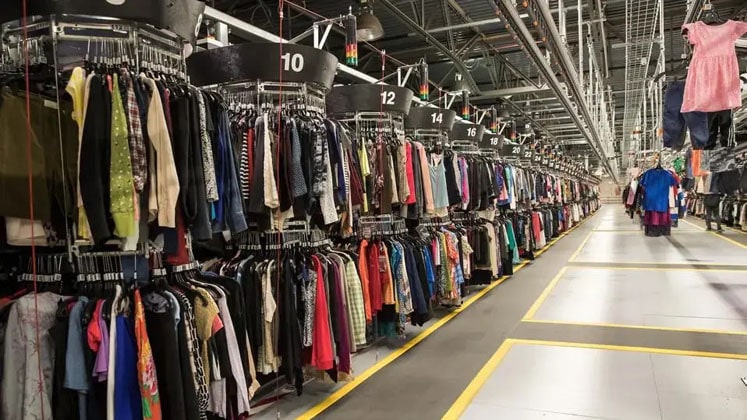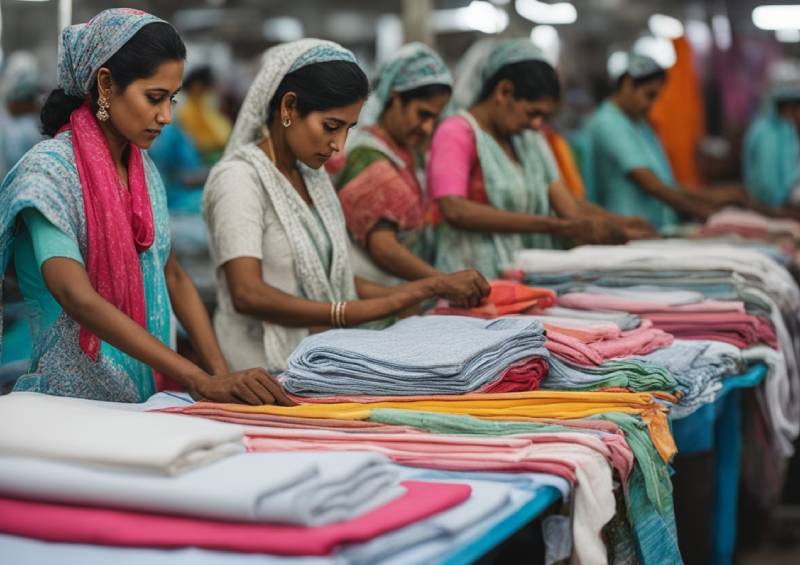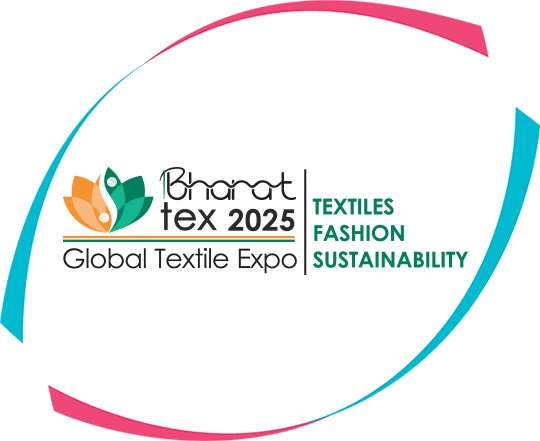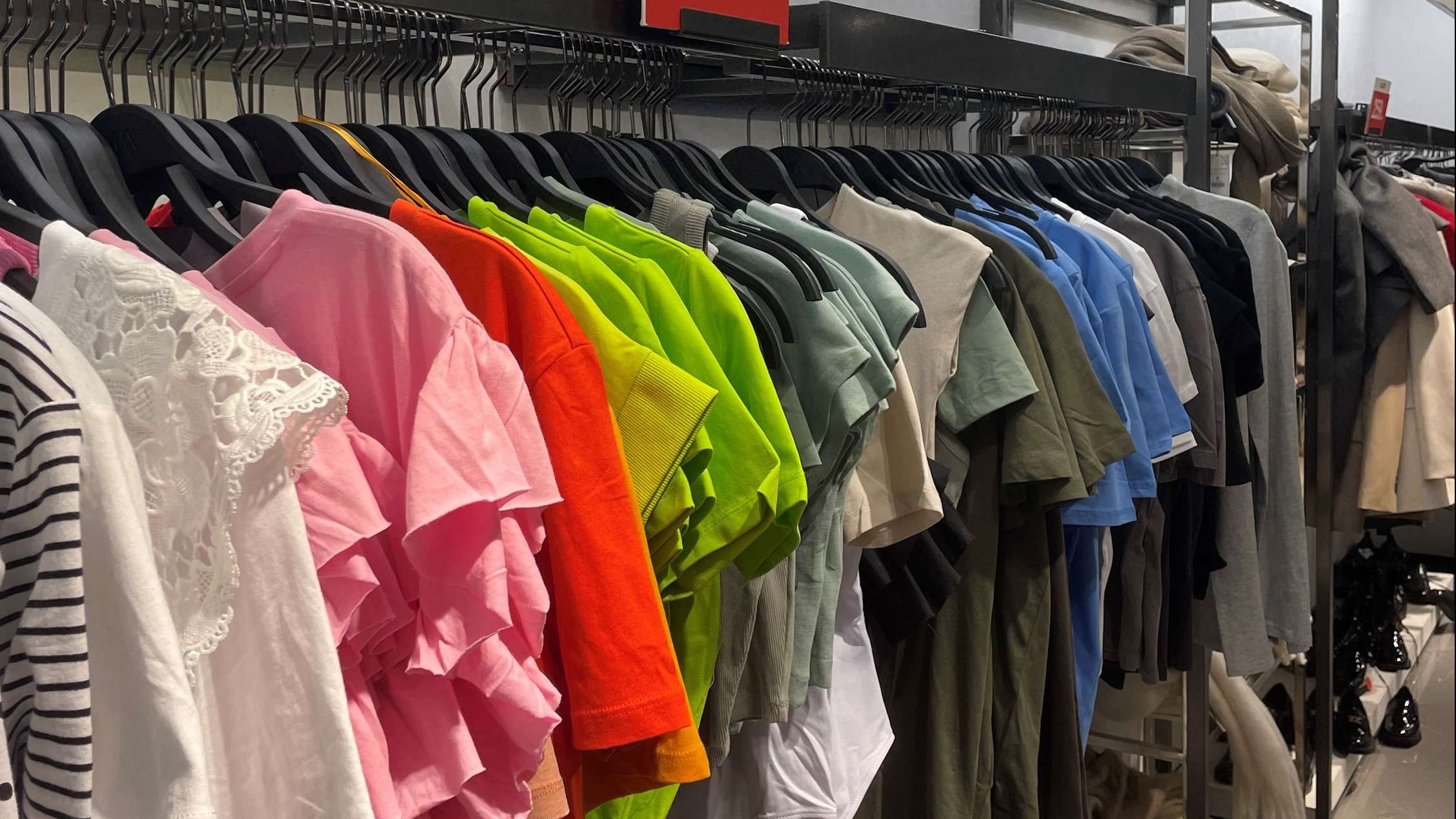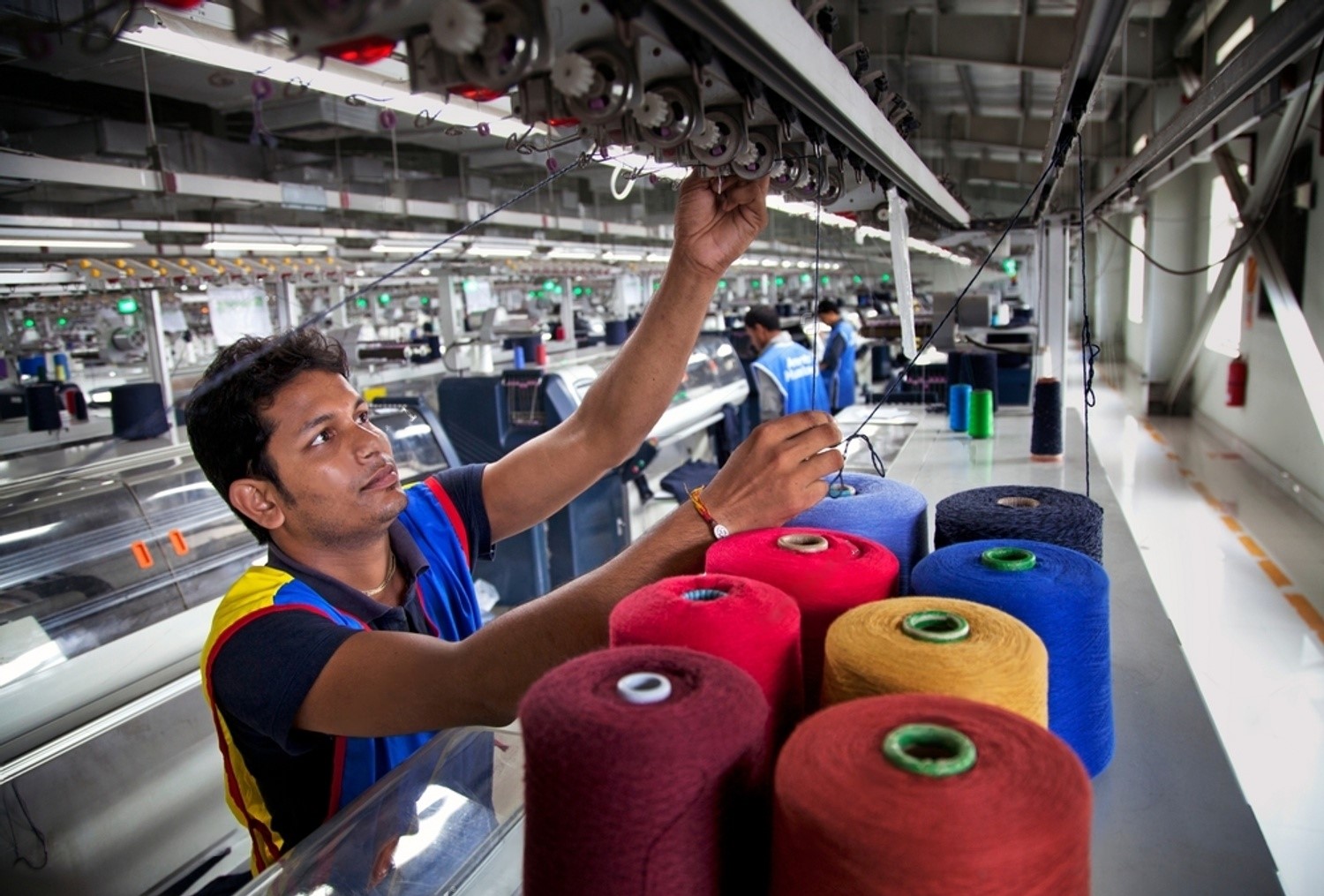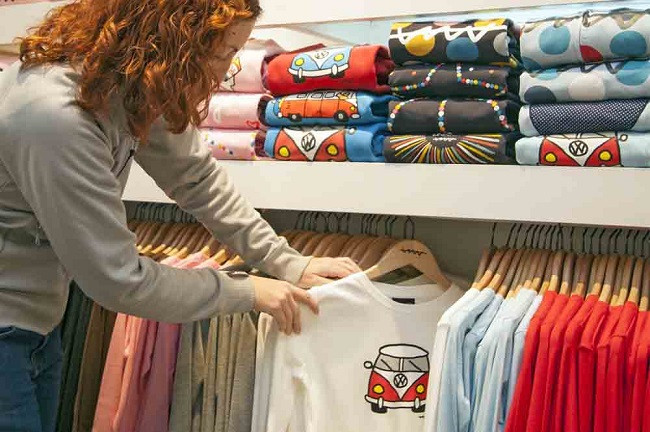
Leading textile machinery manufacturer Karl Mayer will present its latest tricot and raschel machines and new ideas for manufacturing innovative sportswear and outerwear fabrics at Obertshausen on September 25 at its open house event. For the company’s Business Unit Warp Knitting the event will take place at Karl Mayer’s own Development Centre. Visitors will have the opportunity to see the latest machines developed by the company, including a tricot machine type TM 4 EL, the Multibar Jacquardtronic Lace MJ 42/1B and the high-performance tricot machine HKS 4-M EL.
Textile machinery factory Karl Mayer was set up in 1937. A family company, it has grown into world’s number one in the field of warp knitting technology. Recently at Techtextil in Frankfurt, the company put the spotlight on 3D textiles, showcasing room elements made from warp-knitted, sound-absorbing spacer textiles. The stable weft-inserted structures have already been used in India as geotextiles and coating/backing substrates.
The reinforcing textiles made on Karl Mayer’s high-performance multiaxial machines are being employed for different applications in the composites sector.
www.karlmayer.de/
Textile and apparel manufacturers in Kenya and Nigeria are pinning their hopes on government policies and incentives for the revival of the industry. The African textile sector is among oldest in the world with highly skilled workers but the industry lost its pride due to several reasons and currently it is faced with several challenges.
The reduction of import duty to zero per cent on all synthetic, acrylic, polyester and high ferocity yarns from 10 per cent in 2010-11 is one of the initiatives by Kenya to create more employment and improve export earnings. Most textiles and apparels meant for exports are produced at the Export Processing Zones in Kenya. With the end of the multi fibre agreement in 2005, export-oriented firms have been on the downturn due to unfair competition and loss of orders.
Nigeria has the largest textile industry in sub-Saharan Africa after South Africa. The sector directly employed about 3,00,000 people and was capable of producing over 1.5 billion linear mt. of fabrics. But it currently employs only 25,000 direct employees and produces less than 250 million linear mt of fabrics. Now Nigeria plans to impose a higher tariff on imported fabrics to discourage imports and it will also come out with a package of incentives for local manufacturers.
The Spanish textile industry’s turnover has continuously dipped for two consecutive months in May and June 2013. The turnover index of the textile industry in June 2013 recorded a decrease of 9 per cent, after a fall in May when it registered a decline of 3.6 per cent.
The decline in textile industry turnover is the largest compared to the average turnover of the Spanish industrial sector, which fell by 4 per cent in June 2013. Contrary to the textile industry, the turnover of the garment manufacturing sector in Spain rose by 3 per cent in June, compared to a dip of 1.7 per cent in May 2013.
The New Orders Index (IEP) of industries related to the Spanish apparel sector grew unevenly in the month of June 2013. The IEP of the clothing industry recorded an increase of 15.4 per cent whereas that of textiles registered a decrease of 2.4 per cent.
The IEP in manufacturing of knitted fabrics, carpets, rope, non-woven fabrics, textile products for technical and industrial use, as well as other textile products also decreased by 0.9 per cent.
In June 2013, the textile sectors production also fell by 5.4 per cent year-on-year. Spanish companies have developed many innovations like automatic reeling machines, circular knitting machines for fine gauge sweaters and clothing inspection by artificial vision, electronic sectional warping machines with visual width control, re-reeling machines and automatic reeling machines.
Many Turkish textile companies which had units in Egypt have suspended their operations and future investment plans in the country escalating violence. Many foreign companies are concerned about their investments in Egypt in the high-risk environment. Some Turkish textile firms have decided to halt operations until the violence ceases.
There are many Turkish textile companies, which make up around 80 per cent of Turkey’s more than $2 billion investments in Egypt. LCWaikiki started retailing operations in Egypt two years back. It has shut down its stores in Cairo and Alexandria and is continuing operations only in Hurghada.
Some companies have already announced that they would halt their production in the country due to the state of emergency, including Turkish Yıldız Holding, European oil giant Shell and Swedish home appliances maker Electrolux. Egypt has been highly favored by Turkish and other companies to establish production facilities thanks to its low production costs and ability to sell custom-free goods to many countries.
Wal-Mart, GAP and other major US retailers will implement a Bangladesh factory-safety plan. The group is made up of 20 companies known as the Alliance for Bangladesh Worker Safety. It has pledged to put fire and building safety standards in place by September 10.
Alliance for Bangladesh Worker Safety is the US industry's way of improving working conditions in facilities in Bangladesh and preventing disasters like the garment factory collapse in April. Retailers, who include Macy's and Target, have struck a five-year deal to train workers and inspect factories. They will require factory owners in Bangladesh to pay for their own safety renovations but have committed to providing $100 million in low-cost loans toward the effort.
Meanwhile owners of some 500 readymade garment units in Bangladesh have agreed to invest in workers' safety systems, fire-fighting equipment, evacuation mechanism, proper installation of machines and a healthy work environment. Factory owners are trying to introduce compliance following constant pressure from home and abroad. Nearly 1,830 garment workers have died so far in different building collapses, fires, and other accidents from 1990 to 2013.
Myanmar’s garment exporters have made record earnings in the first quarter of this year. Exports almost doubled in the period from January to March over the same period last year. Maximum orders came from Japan and South Korea. The US and European countries are also increasing garment orders after Myanmar was allowed into a trade preferences scheme by the European Union. Many Myanmar garment factories have started exporting to the US. Now the Myanmar Garment Entrepreneurs Association is training workers, to enable them to cater to the rising demand for garments from domestic as well as overseas markets.
Myanmar’s garment industry is labor intensive and the industry’s growth can create a large number of jobs. The country has a long history of making yarn, fabrics and garment. Currently, there are over 200 garment factories in Myanmar, employing about 20,000 people.
Some of Thailand's top garment companies will be moving their operations to Myanmar soon. Outsourcing labor to Myanmar offers significant cost savings to western manufacturers, as Burmese workers are among the lowest paid in Asia. The nation has the potential to develop into a viable apparel sourcing destination.
Ellen O'Kane Tauscher has been named the independent chair of its board of directors by a group of leading retailers and brands who make up the North American Alliance for Bangladesh Worker Safety. The Alliance also said it has been joined by three more companies namely Costco, Intradeco Apparel and Jordache Enterprises, bringing the total to 20 apparel companies, retailers and brands. With the new members, more than $45 million has been committed to administer the programmes developed by the Alliance over the next five years to help improve factory safety conditions for garment workers in Bangladesh.
The Alliance expects to announce the selection of its operating team, including the executive director for the program this September. Tauscher has worked for the US Department of State. She was appointed by President Barack Obama as under-secretary of state for arms control and international affairs, serving in the role from 2009-2012.
"The respect Tauscher has earned in Congress, the State Department, and the private sector will serve her well in the role as an independent leader and convener who can work with Alliance members and governments to pursue the critical safety mission and aggressive implementation schedule," said Ambassador James Moriarty, an Alliance board member and former US Ambassador to Bangladesh.
The board also includes three other stakeholder representatives, including Mohammad Atiqul Islam, President of the Bangladesh Garment Manufacturing and Exporters Association (BGMEA); Randy Tucker, global leader of the fire protection and safety team at CCRD, a Houston-based engineering firm; and Muhammad Rumee Ali, managing director of enterprises at BRAC, the international NGO founded in Bangladesh.
India has asked China to slash import duties on cotton fabric in order to bridge the growing trade deficit with the country. The two sides discussed ways to increase exports from India in order to contain the trade deficit that has widened despite a 10 per cent contraction in total trade during the year. They also discussed the need for setting up centers in India for servicing the large number of power equipment exported by China.
India has proposed reducing duty of cotton fabrics being imported into China from the current 10 per cent to 5 per cent. This can enhance cotton fabric exports from India.
Both India and China have agreed that the working group on trade and economic cooperation should meet in September along with another working group on trade in services and trade statistics. The Joint Economic Group (JEG) meet is likely to be scheduled in late October in Beijing.
In the last JEG meeting with China in August 2012 in New Delhi, India had handed over to China the roadmap for enhanced cooperation between India and China in the IT and pharmaceutical sectors.
Pakistan and China are interested in expanding trade and investment relations through joint venture projects and spreading trade in textiles, including spinning, weaving, processing and garment-making.
China can look at power generation, textile dyeing and finishing, textile machinery assembly/manufacturing, manmade fiber manufacturing, denim, twill, drill, shirting materials, technical textiles and logistics/cargo as a few potential areas for investment in Pakistan. And fresh investment in the textile industry of Pakistan would be in line with new opportunities like normalization of trade ties with India, market access under GSP and a growing domestic market of 180 million people in Pakistan.
The two countries have agreed in principle to a linking economic trade corridor. The corridor is expected to transform Pakistan into a hub of trade and commerce as it envisages establishing several economic zones and physical links connecting Pakistan and China as well as the region. The 2,000 km road and rail link connects the Chinese northwestern city of Kashgar to the southwestern Pakistani port of Gwadar.
Delegates of both countries have signed agreements for hydro-energy, solar energy and coal-based power projects.
Pakistan’s industrialists are aware that sustained power supply is only possible if the actual cost of production is paid, said Gohar Ejaz, Group Leader of All Pakistan Textile Mills Association (APTMA). “Industrialists are devising ways to improve efficiencies to offset the increasing power tariff,” he said. APTMA was informed that the industrial tariffs would go up, adding that the government planned to add low-cost electricity in the system in the medium-term to bring tariffs down.
“We are ready to bear the pain caused by increasing power tariffs if the government delivers on its promise to reduce them after three years,” said Ejaz. APTMA has decided to set up coal-based power plants at Gadani to meet the power needs of the textile sector. The electricity would be wheeled through the system of National Transmission and Despatch Company.
This plan has been approved and the association is expected to supply power to its members at half the current cost within 30 months. The current power tariff has factored in the cost of inefficiencies such as power theft and line losses, he said. Traders are not happy with the increase in power tariff, he added.
“He said small shopkeepers would be affected by this hike. Traders would give the government six months to eliminate power theft and ensure full payment of billed amount to reduce the power production cost,” he added.
Compared to harvest of about 82,000 tons of cotton in the previous season, around 43,000 tons of cotton was produced in 2012-13. Cotton is one of Paraguay's oldest crops, grown since the time of the Jesuit missions. The government encouraged cotton production after the crop was nearly wiped out by the War of the Triple Alliance. Cotton was especially suited to the Paraguayan climate and soils and was grown primarily by small farmers in the central region. Cotton farming experienced extremely rapid growth in the 1970s and 1980s.


